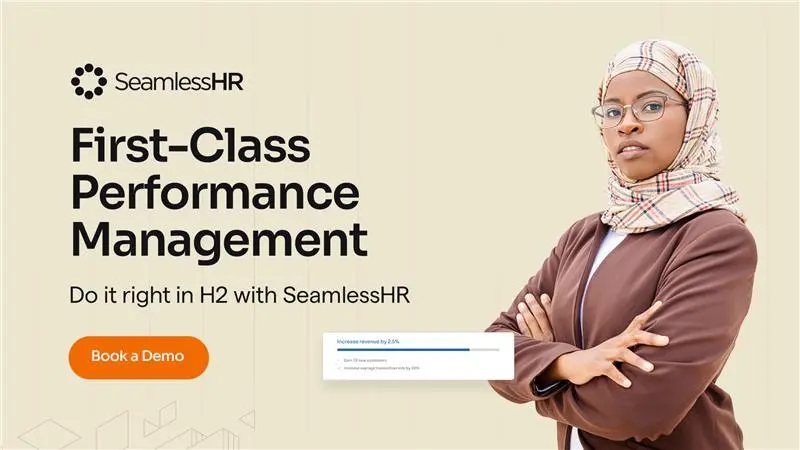As we reach the midpoint of the year, it becomes imperative for organisations to pause and reflect on the performance of their teams during the first half (H1). For management staff, this is a pivotal moment to assess what has worked, identify areas for improvement, and strategically plan for the second half (H2).
By conducting thorough performance reviews and setting clear goals, executives can significantly enhance the team’s productivity and drive organisational success.
What is the significance of conducting mid-year performance reviews?
Mid-year performance reviews offer an invaluable opportunity to evaluate the progress made towards annual objectives. Unlike yearly reviews, which often happens at the end of the year — too late to implement meaningful changes, mid-year reviews allow for timely adjustments. Insights from mid-year performance reviews can be used to recognise achievements, address challenges, and recalibrate strategies.
A great example of this approach is seen at Google, where mid-year performance check-ins are a cornerstone of their performance management process. By incorporating regular reviews, Google ensures alignment between individual contributions and the company’s overarching goals. This practice not only boosts employee engagement but also fosters a culture of continuous improvement.
How do you conduct employee performance mid-year reviews?
Performance reviews can be done with a performance review software, such as SeamlessHR – best performance management software.
Evaluating an employee’s performance for the first half of the year is a critical task that requires a systematic approach. Here’s how to effectively conduct mid-year reviews:
- Set clear objectives and performance criteria: Before the evaluation period begins, establish clear objectives and review criteria. These objectives and criteria must align with company goals and be communicated to the employees.
- Gather comprehensive data: Adopt quantitative and qualitative approaches; collect performance data metrics, feedback from peers and self-assessments. These can be done through a 360-degree feedback approach, or a 9-box matrix approach to get a holistic view of the employee’s performance.
- Review employee achievements: Assess the extent to which each employee has met their goals for H1. For instance, if the goal was to increase sales by 10%, analyse the actual sales figures achieved. In the same vein, consider the quality and consistency of the employee’s work. Have they maintained high standards? Have there been any notable successes or failures? Get answers to these questions.
- Analyse behavioural and competency aspects: Evaluate each employee’s behaviour and competencies that contribute to their overall performance. Get answers to questions such as ‘How effectively has this employee worked with their team? Are they a good collaborator? How has the employee been able to approach challenges?’.
- Leverage a performance management software: Using a performance management software enables access to streamlined mid-year review process and real-time insights on employee performance, making the evaluation process more efficient and accurate.
A great example of a performance management software is SeamlessPerformance, owned by SeamlessHR. SeamlessPerformance integrates quantitative and qualitative assessments, providing a bird’s-eye view of an employee’s performance and their overall contribution to organisational goals.
- Conduct a performance review meeting: Hold a structured performance review meeting with each employee to discuss their performance. Make the review a two-way conversation. Allow the employee to share their perspective, achievements, and concerns. Offer specific, actionable feedback. Balance positive feedback with areas that need development.
How do you plan for the next half of the year [H2]?
With a clear understanding of H1 performance, the next step is to set actionable and measurable goals for H2. Consider the SMART (Specific, Measurable, Achievable, Relevant, Time-bound) framework to ensure well-defined goals.
For example, if a sales team aims to increase revenue by 20% in H2, outline the specific strategies, resources, and timelines required to achieve this target and follow up with regular check-ins.
Leverage the best performance management software to streamline your review process.
Top African organisations like FBNQuest and VFD Group conduct performance with a performance reviews software – SeamlessHR’s advanced performance management software to ensure alignment between individual performance and corporate objectives. This technology-driven approach enhances efficiency, reduces administrative burden, and supports data-driven decision-making.
Request a demo to learn more about SeamlessPerformance.







